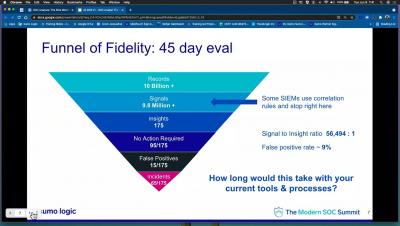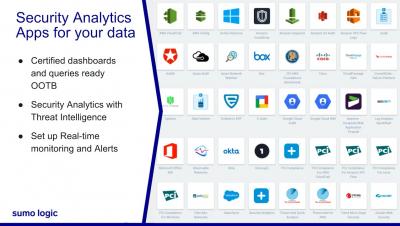What is Digital Forensics? Defining Digital Forensics and Incident Response
According to Research and Markets, the worldwide digital forensics market will expand at a compound annual growth rate of 13% through 2026. The rise of cybercrime is most certainly driving its growth — especially since digital forensics plays a critical role in mitigating cyberthreats in the modern security operations center (SOC).








